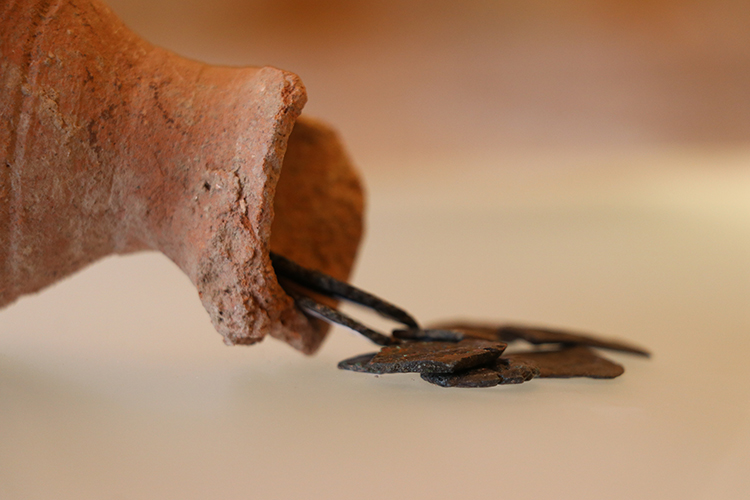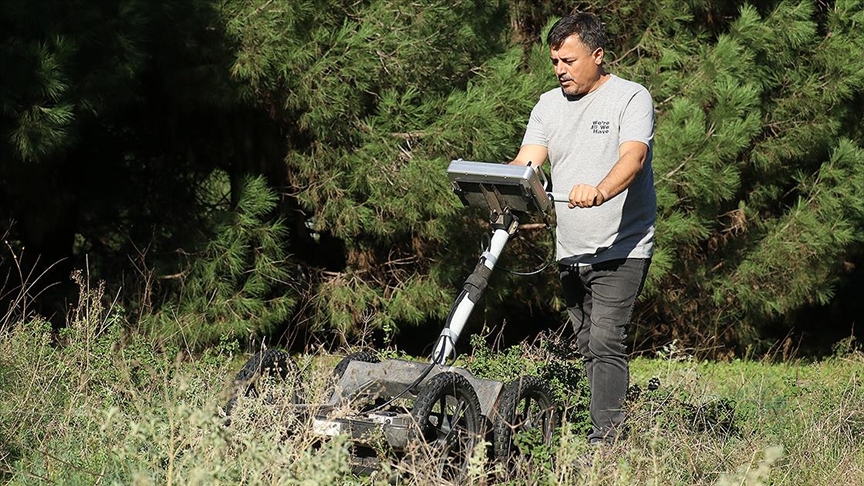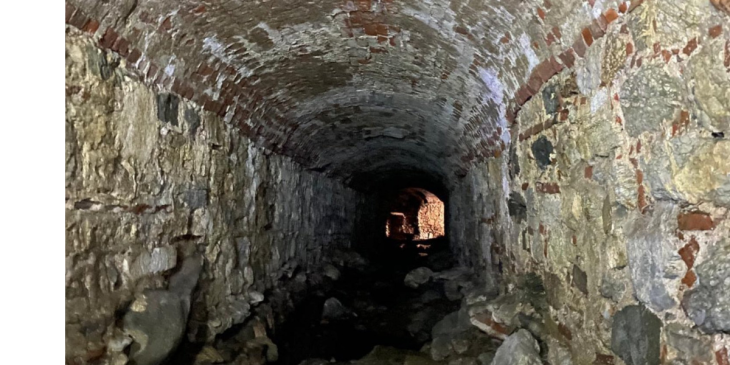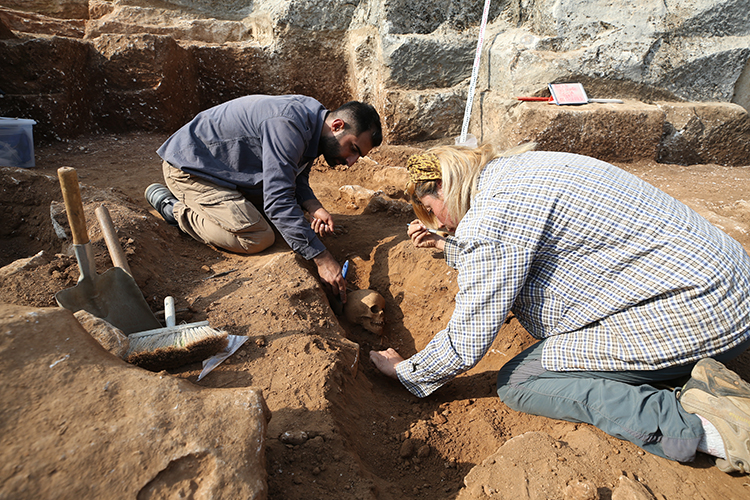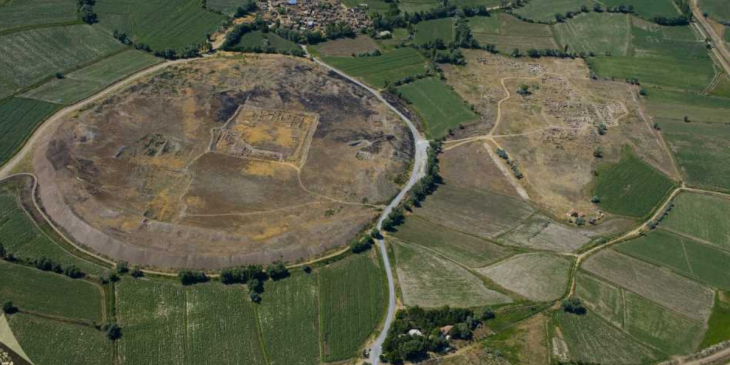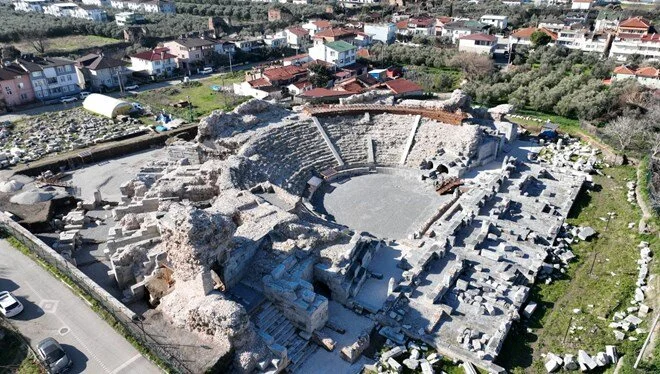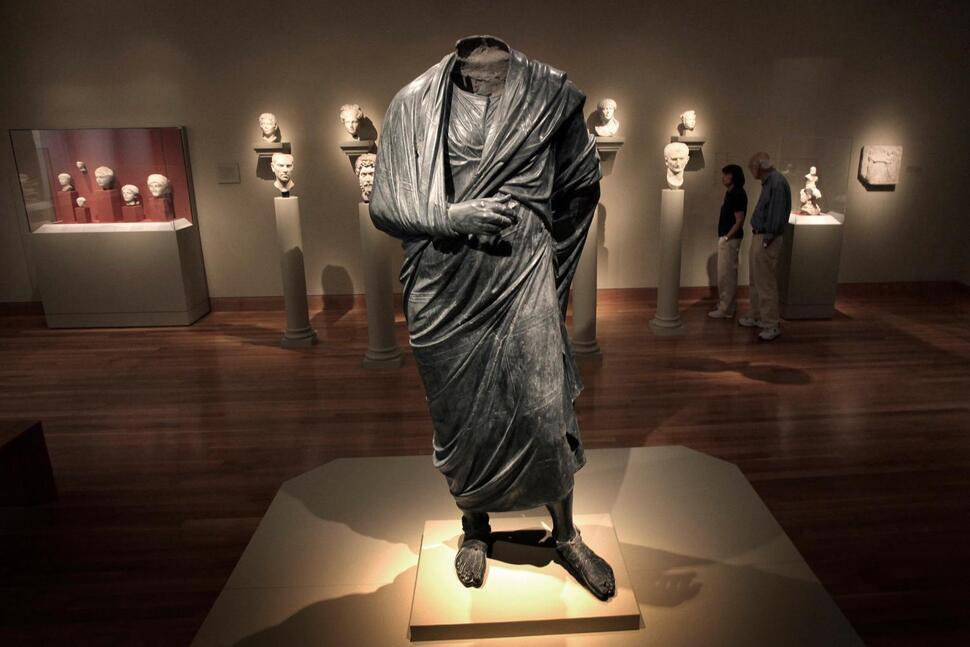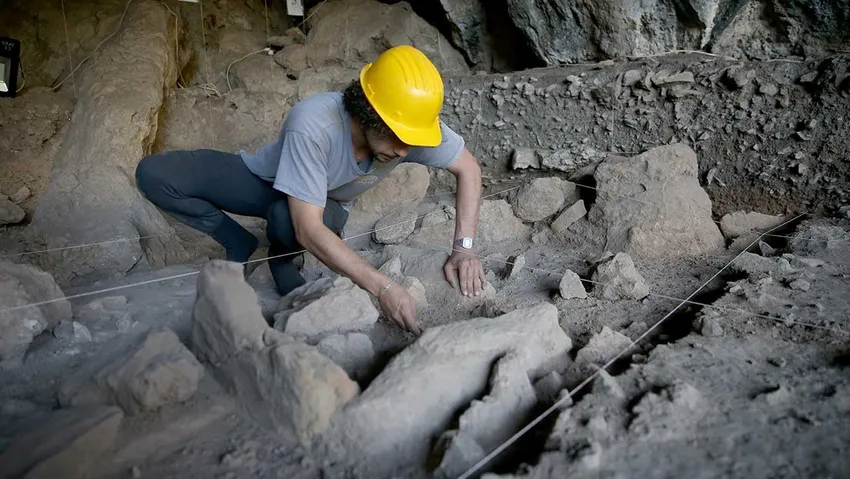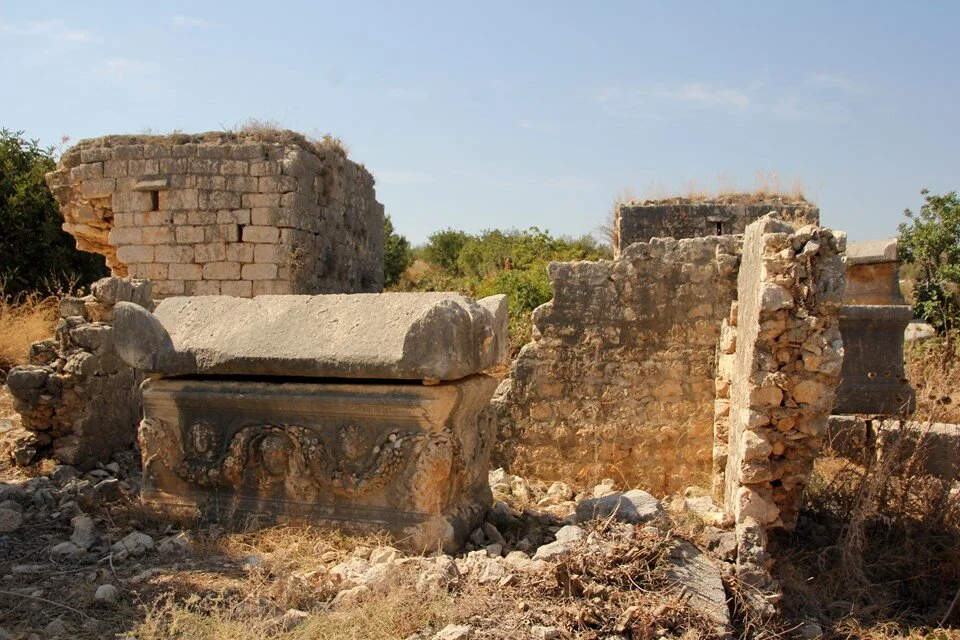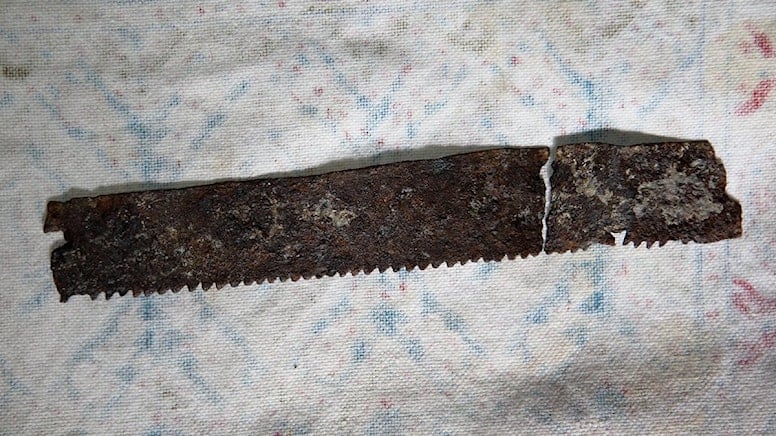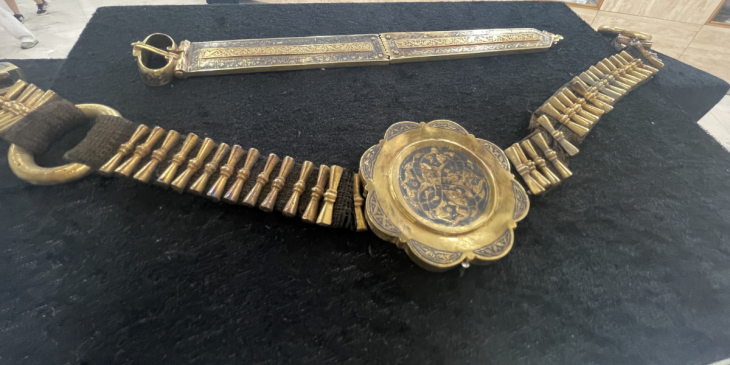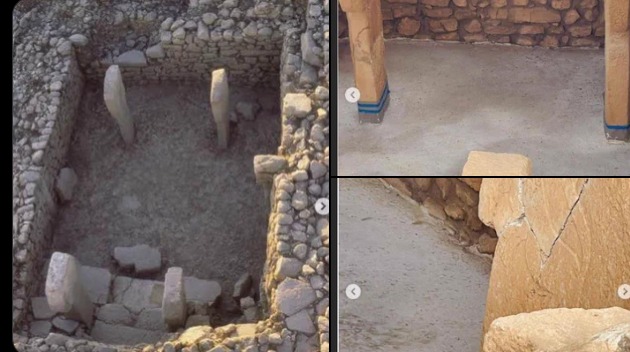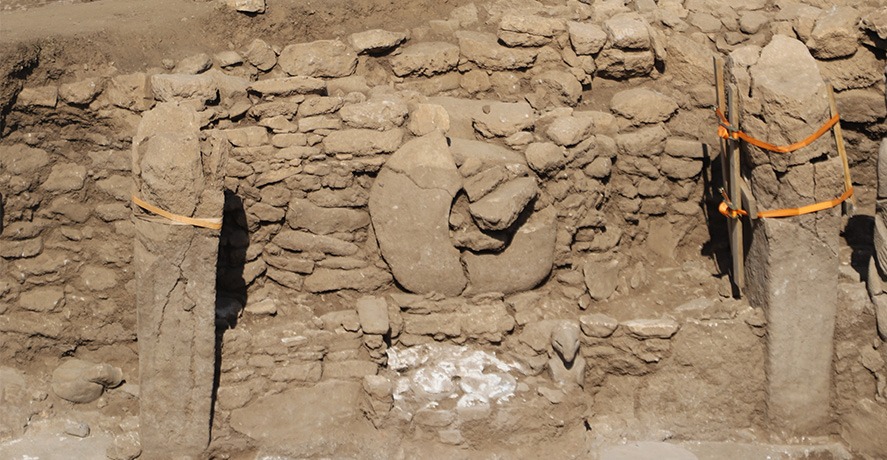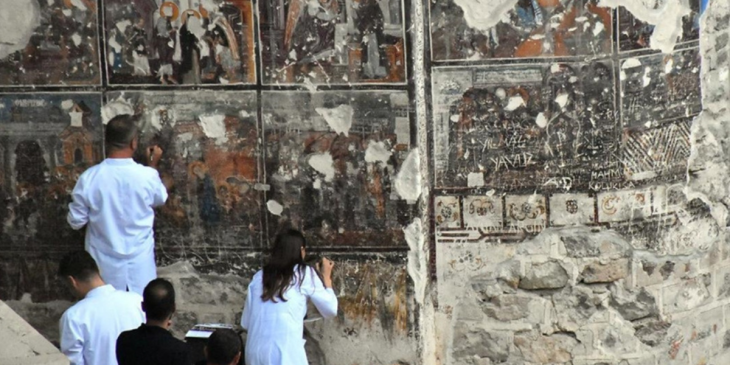Ten 1400-year-old coins were found in a jug discovered during the ongoing excavations in the ancient city of Hadrianopolis, also known as the Zeugma of the Black Sea.
Excavations in the ancient city, which witnessed the Late Chalcolithic, Roman and Early Byzantine periods, continue under the leadership of Karabük University Faculty of Letters, Department of Archaeology Faculty Member Assoc. Prof. Dr. Ersin Çelikbaş.
So far, Hadrianopolis excavations have uncovered structures such as two baths, two churches, a defense structure, rock tombs, a theater, an arched and domed structure, a monumental cultic niche, fortifications, villas, other monumental buildings and some cult areas.
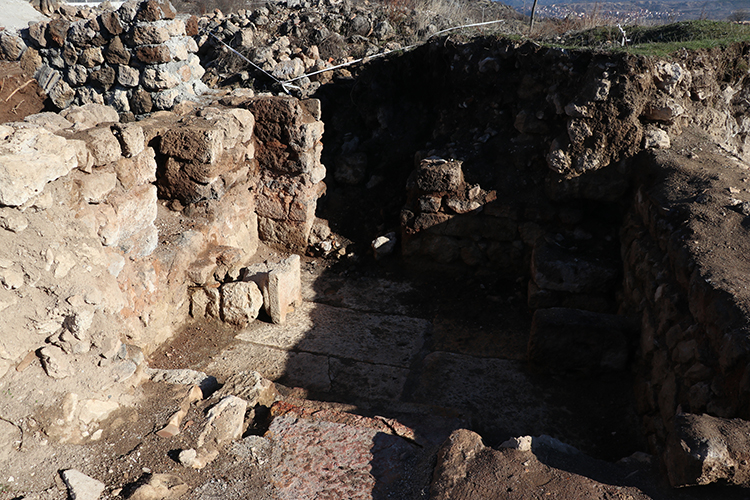
In the 2023 excavation season, 10 coins were found in a jug in a jug approximately 1400 years old.
Assoc. Prof. Dr. Ersin Çelikbaş stated that one of the areas they are working on is the structure they call drilling-3, but they have not yet been able to determine the function of this structure and said, “But we can approximately estimate the purpose of a room from the finds found inside. I think it is the remains of a kitchen. Various pots and kitchen utensils were found inside. Stratigraphy (stratigraphy) showed us that the structure was used for centuries, but we could not reach clear data on the date of the last completion of the structure.

A piggy bank we found in the kitchen and the 10 coins in it are archaeological documents that show us the last phase of use of the building. The coins belong to Constantine II. They are dated between 641-666 AD. Therefore, we can say that the last phase of use of the building was the 7th century.”
Stating that they estimate that the building was used for approximately 300-400 years with various additions and extensive renovations, Çelikbaş said, “When we look at the structure, some parts were added later. Some walls were demolished and rebuilt, and traces of repairs and renovations were clearly visible.”

Çelikbaş stated that the coins were found in a small jug; “Terminologically, that is, in the archaeology literature, coins should be defined as treasure. However, we think that this was not for the purpose of hiding or burying the money somewhere, but for a similar purpose – like the small boxes that our mothers save their money in the kitchen today. We think that the fact that 10 coins came out of a small jug in the kitchen section was used as a piggy bank by the family or the lady of the house at that time.”
Cover photo: Orhan Kuzu/AA

